I explored a network of haunted underground streets in Scotland, where visitors leave dolls for a ghost who lived there in the 17th century
Mikhaila Friel

- I spent a day exploring a network of underground streets in Edinburgh, Scotland.
- Mary King's Close dates back to the 17th century and is said to be haunted.
- After learning about the eerie history, I wouldn't be surprised if this was true.
Scotland's capital city Edinburgh is well known for its "closes," a Scots term used to describe narrow passageways between buildings.
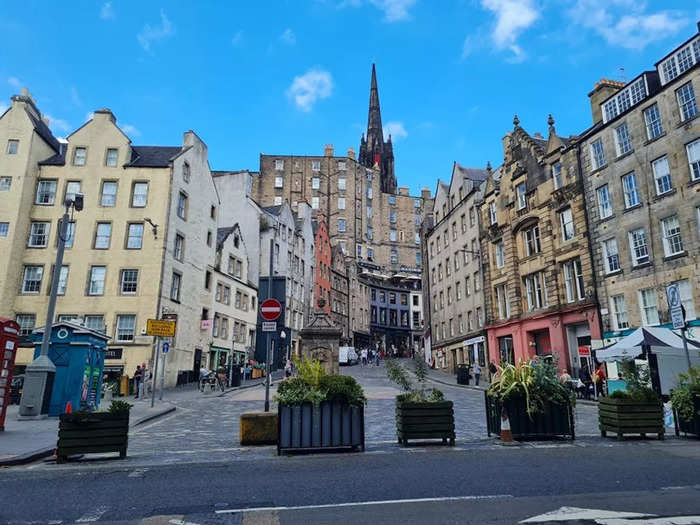
Some of the closes extend underground and were used to house residents in the 17th century. These can be found in Edinburgh's Old Town neighborhood, particularly on the Royal Mile — a popular street for tourists that extends from Edinburgh Castle to the Palace of Holyrood House, the Queen's residence in Scotland.
The Real Mary King's Close is a network of underground streets below the Royal Mile that is said to be haunted.
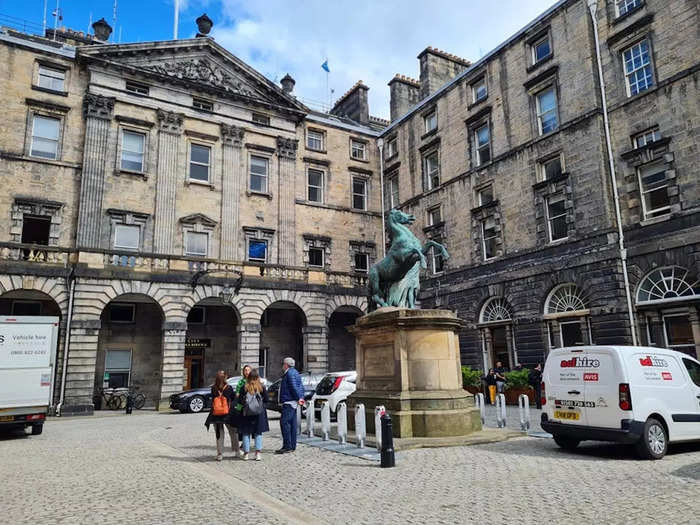
The ancient site was used to house residents in the 17th century, and it was opened to the public for the first time as a tourist attraction in 2003. The close is thought to be one of the most haunted sites in Scotland, according to its official website.
Ghost sightings at the close date back to the year 1685 and the venue is frequently rented out by ghost hunters for private investigations, the site adds.
I purchased a $26 (£18.95) ticket for the guided tour of the site to explore whether it really was haunted.
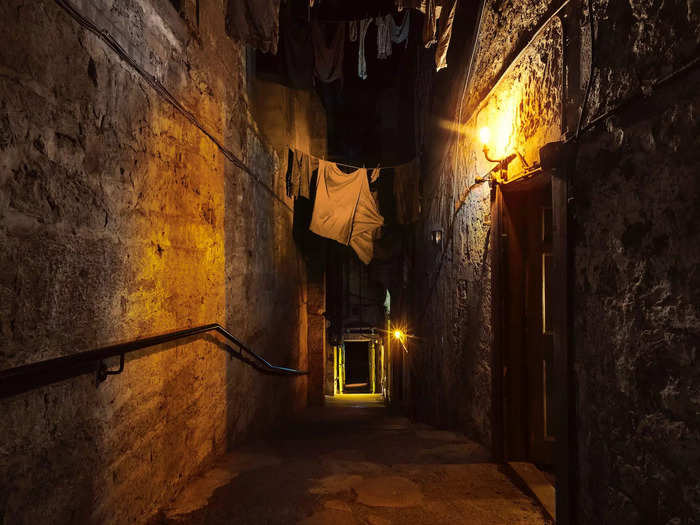
There was no photography allowed during the tour — the photos used in this article were sourced from The Real Mary King's Close press team.
Even if I had been allowed, it would have been almost impossible. Once we left the gift shop and went downstairs to the entrance of the close, everything became dark — and incredibly eerie.
There were about 10 of us on the tour, and I was happy to see that there were stickers on the floor of each room that informed us where to stand in order to keep socially distanced.
The tour guide led the group to a series of small rooms, which were once used to house families with up to 12 people.
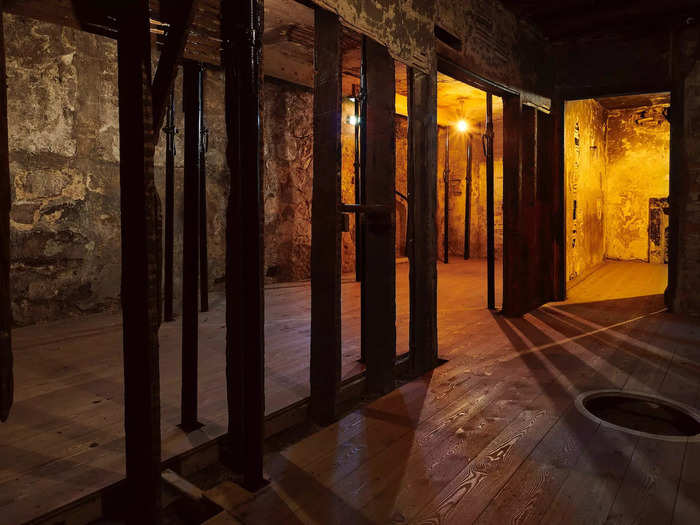
The close was named after Mary King, who lived there with her husband from 1635, and their four children until her death in 1644. The close's official website says that like many women who lived during this time, little is known about Mary's life.
Residents of the close were forced to quarantine there during The Plague in 1645, with many being left to die, according to the site. And while the close was thought to have been left mostly abandoned after The Plague, it was used as a bomb shelter during World War II.
This room filled with children's dolls has a particularly creepy origin story.
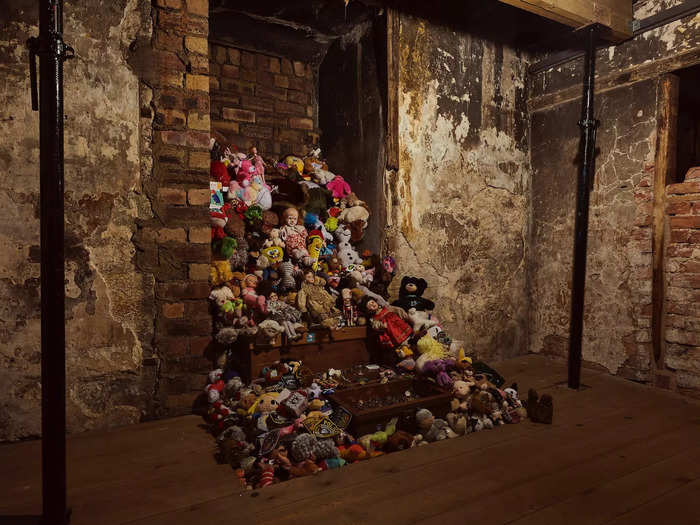
Japanese psychic Aiko Gibo visited the close while making a film about haunted locations in the 1990s, according to the official website. When she entered this room, she is said to have communicated with the spirit of a young girl named Annie, who lost her favorite doll.
Gibo purchased a doll from a nearby gift shop and left it there for Annie — which prompted others around the world to do the same when they visited.
Because the room is so small, we had to adhere to social distancing and enter and leave one by one. Needless to say, I didn't spend long there.
While I didn't spot any ghosts, I wouldn't find it hard to believe that the close is haunted by the residents who lived there.
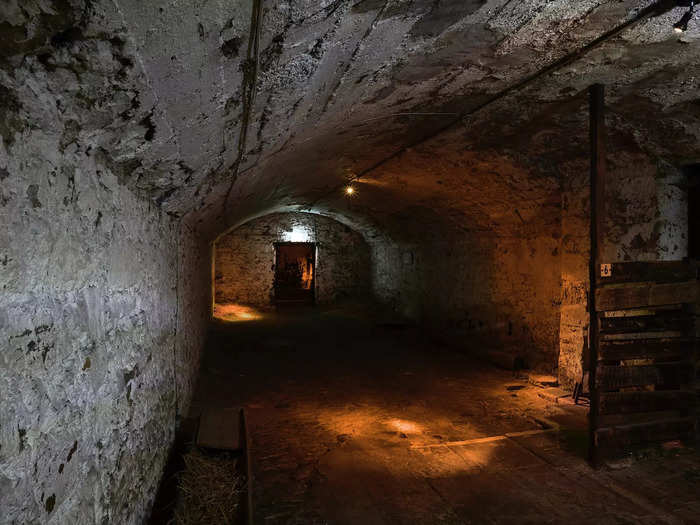
Whether it be those who died from The Plague or the mysterious spirit of Annie, there are numerous possibilities of ghosts at the close.
And while I didn't feel any ghostly presence myself, the venue was spooky enough that it wouldn't surprise me.
But my tour of Edinburgh's haunted closes didn't end there.
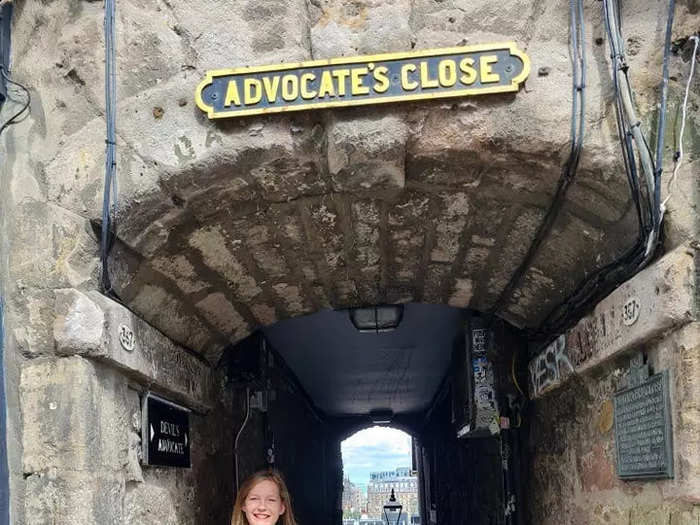
After the tour, I discovered that this city is filled with closes.
I stumbled upon two women taking photographs of one another at Advocate's Close on the Royal Mile. I asked them if they knew what the close was famous for, and they replied that they didn't — they just decided that, with the charming view of the Old Town below, it was the perfect spot for a picture.
After researching the history of Advocate's Close, I found that this too had dark origins.
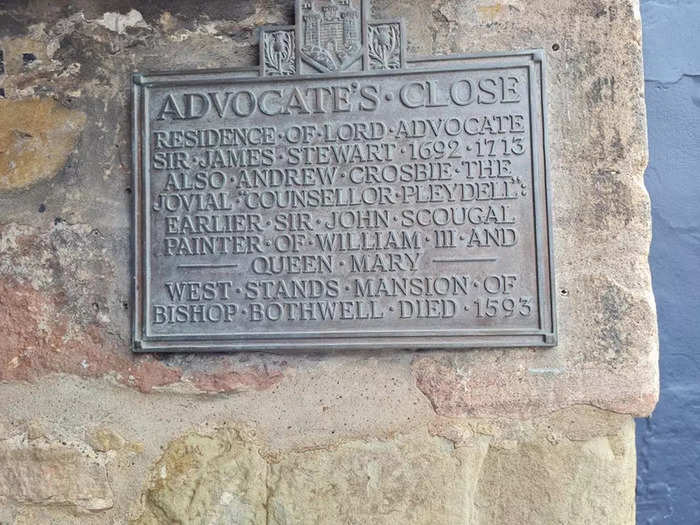
A sign on the close informed me that it is named after nobleman Sir James Stewart, Lord Advocate of Scotland.
After doing some research online, I found that this close is included in walking ghost tours of the city.
These tours tell the story of Johnny One-arm, a local legend about a tortured man on the Royal Mile with a severed arm who grasped at those who disturbed him, according to Edinburgh News.
I then found Fleshmarket Close, which has been used as the inspiration behind two famous novels.
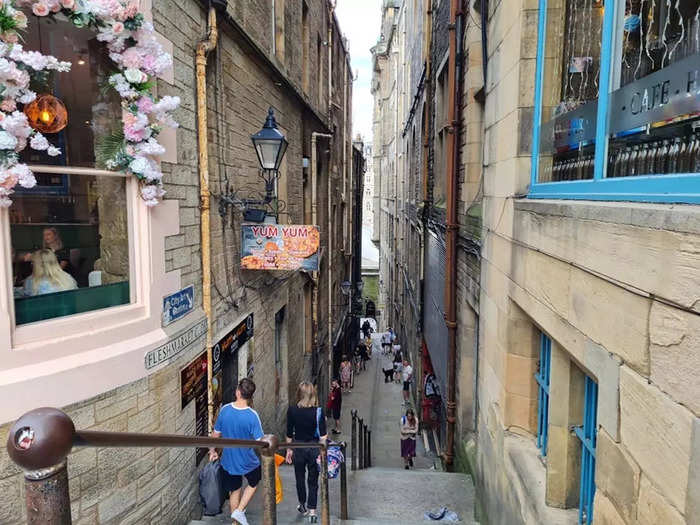
This close, which was filled with people when I visited, was the inspiration behind Robert Louis Stevenson's famous novel, "The Strange Case of Dr Jekyll and Mr Hyde," the Daily Record reports.
Scottish crime writer Ian Rankin also named a murder mystery novel after the close in 2008.
While many of these closes were used for photo shoots, others were abandoned and used to hold bicycles.
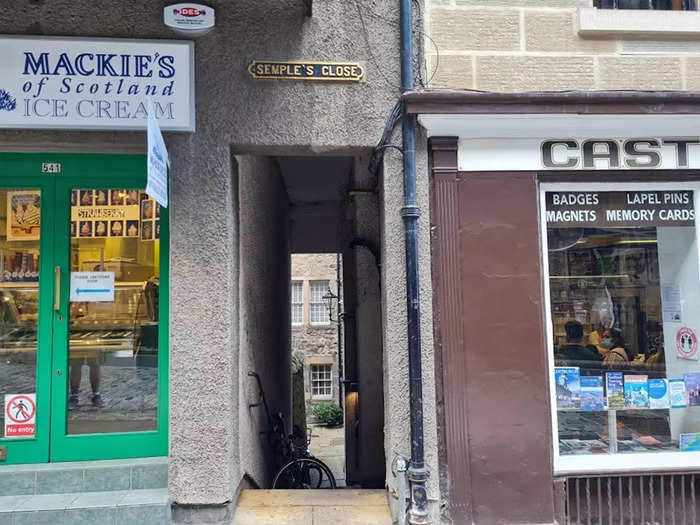
I spotted tourists lining up for photos at various closes. I even saw a woman pose for photos with what appeared to be a professional photographer.
However, other closes — like Semple's Close (pictured) — were left abandoned.
The city seems to poke fun at itself with Skinner's Close, an optical illusion mirror on the Royal Mile.
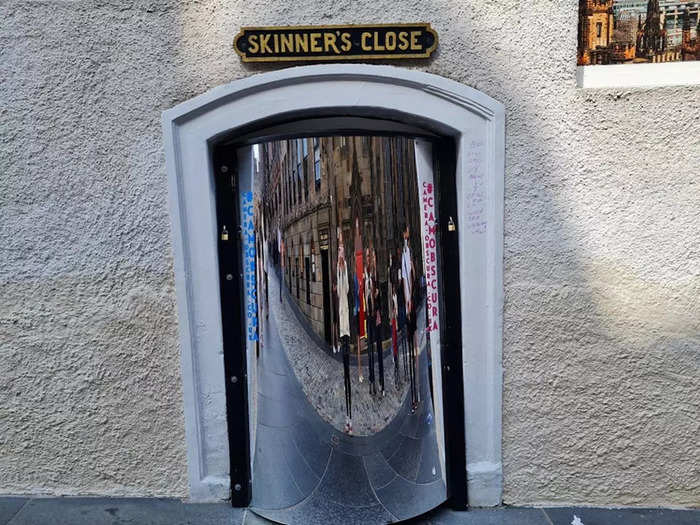
When I stepped forward to take my photo at the Skinner's Close mirror, just a short walk from Edinburgh Castle, there was already a line of tourists behind me waiting to do the same.
This close was named after Skinners & Furriers of Edinburgh who occupied the location in 1635 and traded animal hide and fur, according to the Royal Mile website.
I wondered if the tourists behind me knew the history of Edinburgh's closes, and subsequently the significance of this mirror. It might just seem like a goofy attraction to those who aren't aware of the city's eerie past.
READ MORE ARTICLES ON
Popular Right Now
Popular Keywords
Advertisement